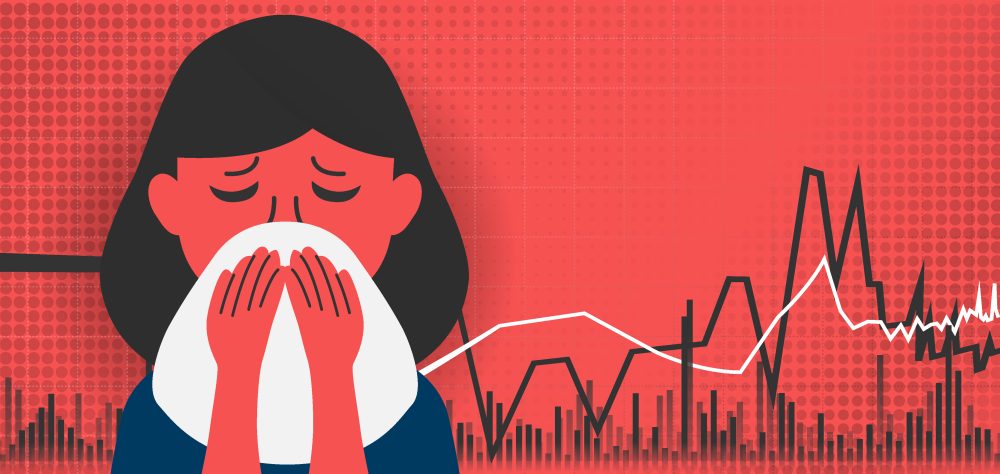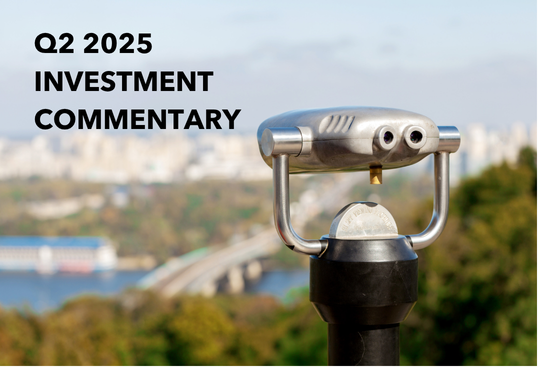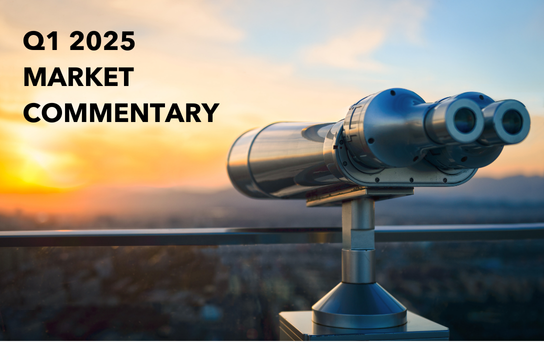The current economic and market environment continues to be one of the most interesting and challenging in modern history.
A global pandemic has forced countries around the world to shut down their economies temporarily. This shut down has lasted several weeks and forced many to lay off many workers temporarily or permanently. In the US alone, over 20 million Americans are unemployed. But restrictions are starting to ease. Workers are resuming some combination of work from home and return to office. Consumers are starting to increase consumption. And markets have responded by rebounding strongly. On June 9th, the NASDAQ hit an all time high, the S&P 500, the DJIA and the TSX all rebounded strongly from their lows. With such a quick rebound in the stock markets, one wonders if it suggests that COVID-19 was more of an economic sneeze and that we will bounce back to relative health in short order.
However, June 11, 2020, the DJIA experienced a major down day, losing almost 7%. The worst single day decline since the market was in a tailspin in February and March. There are many reasons given for this, such as: investors are taking profits; there was too much optimism in the markets; retail investors drove the market up through speculation; too much money was printed and is not being consumed in the economy but instead is artificially inflating the stock market; and COVID cases are on an uptick again after recent protests and loosening of restrictions. And the list goes on, as the question of how ill the economy truly is continues to be assessed.
The most important reason may be what the Fed Chairman Jerome Powell had to say on June 10, 2020. Mr. Powell expressed the Federal Reserve’s commitment that interest rates would stay lower for longer as the economy would need time to repair itself. “We’re not even thinking about raising rates,” Fed Chairman Jerome Powell emphatically told reporters after his speech. The Feds’ focus remains the economic picture and, in particular, employment. The key to this recovery will be getting as many of the 20 million plus displaced workers back to work as quickly as possible. In order for that to work, companies need to stay afloat and individuals need to consume. Lower interest rates make it easier for companies and individuals to afford their debt. Washington has been handing out money to help save the economy and individuals will need to consume again for the economy to accelerate from the current sputter into a faster gear.
Much of this will also depend on health care outcomes and how comfortable the world feels with being out and about again. Will an effective vaccine or treatment become available soon? Will there be a large second wave? The key to this recovery remains threefold — providing enough lifeline and stimulus to allow businesses and individuals to remain solvent; overcoming psychological inhibitions due to COVID with either better case outcomes or medicine; and finding ways to stimulate actual economic growth.
The markets have rebounded over the last few weeks. At Tall Oak Private Wealth, we have maintained balance in the portfolios throughout this recovery. We have done this by choosing to carefully invest in securities that are exposed to growth in this environment, such as healthcare and technology stocks, and by minimizing exposure to higher risk companies in other sectors, such as retail/consumer discretionary, travel and oil. Portfolios have benefited from this approach with reduced volatility on the way down but still participated in the recent rebound. Dynamic active management in this environment is key to enhancing portfolio success.
We remain vigilant as the market continues to weigh whether COVID has been more an economic sneeze or a full-on economic flu.
As always, we thank you for the trust you have placed in us to steward your portfolios. We continue to work hard on your behalf to ensure that we are managing your assets through these challenging times.
We welcome you to reach out to us to discuss how this impacts your personal portfolios as we remain just a phone call away.
The views expressed in this commentary are those of Tall Oak Capital Advisors as at the date of publication and are subject to change without notice. This commentary is presented only as a general source of information and is not intended as a solicitation to buy or sell specific investments, nor is it intended to provide tax or legal advice. Statistics, factual data and other information are from sources Tall Oak believes to be reliable but their accuracy cannot be guaranteed. This commentary is intended for distribution only in those jurisdictions where Tall Oak Capital Advisors are registered. Securities-related products and services are offered through Raymond James Correspondent Services Ltd., member Canadian Investor Protection Fund. Insurance products and services are offered through Gryphin Advantage Inc., which is not a member-Canadian Investor Protection Fund. This commentary may provide links to other Internet sites for the convenience of users. Tall Oak Capital Advisors is not responsible for the availability or content of these external sites, nor does Tall Oak Capital Advisors endorse, warrant or guarantee the products, services or information described or offered at these other Internet sites. Users cannot assume that the external sites will abide by the same Privacy Policy which Tall Oak Capital Advisors adheres to.




